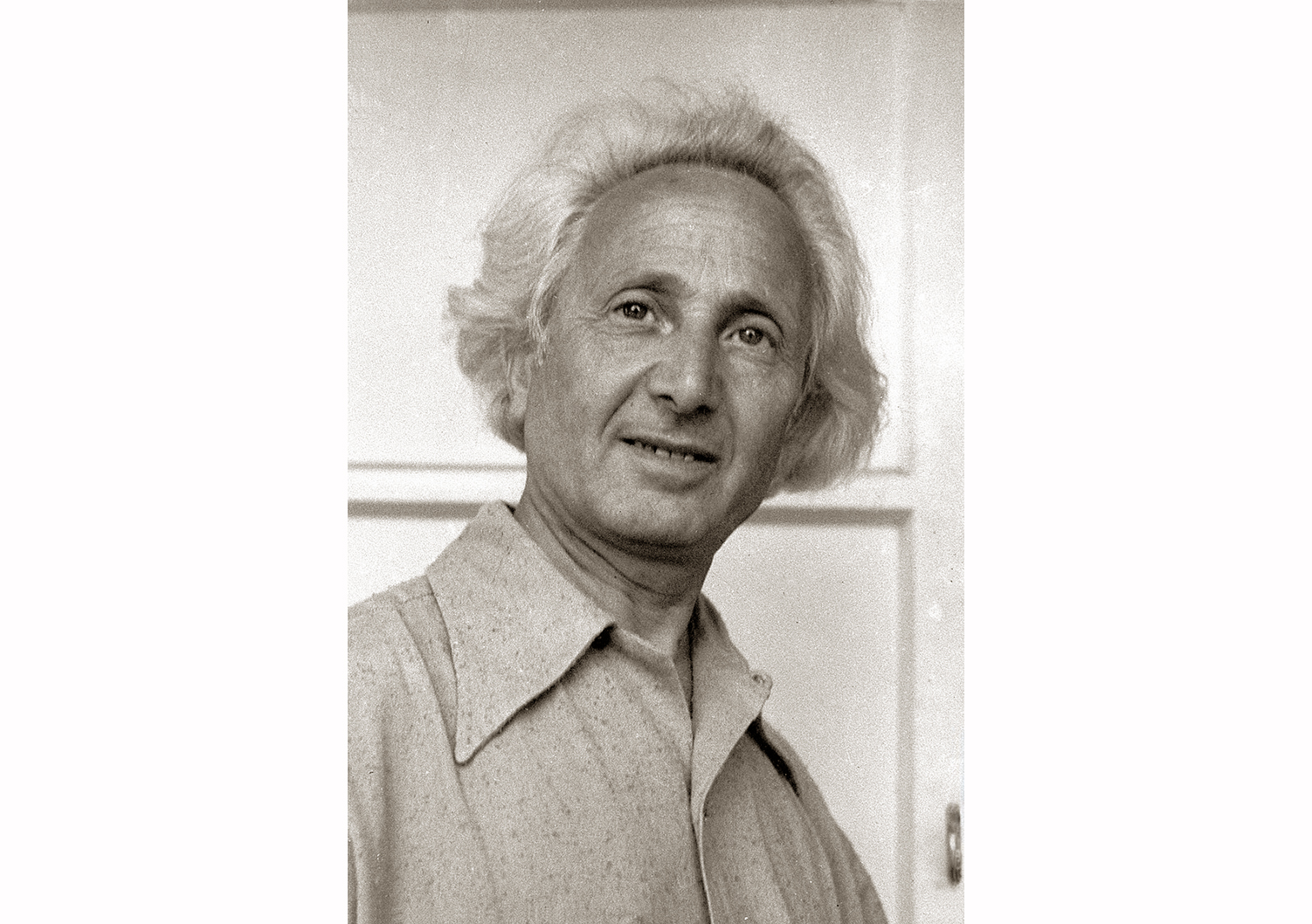Manet (Emmanuel) Leizerovich Katz was born on June 17, 1894, in Kremenchuk, Poltava province, into an Orthodox Jewish family. Despite the conviction of his father, who was a shame by profession (a servant responsible for administrative and economic work in a synagogue), that he should continue religious traditions, the boy decided to build his own artistic path. At first, he studied at the Kyiv Art School (now defunct; the building reconstructed after the end of World War II, at 2 Bulvarno-Kudryavska Street, has been partially preserved). In 1913, he moved to Paris to study at the École des Beaux-Arts and attended classes with Fernand Cormont, a French teacher, artist, and lithographer (among his students were Henri de Toulouse-Lautrec, Vincent van Gogh, and other leading masters). Manet-Katz became friends with prominent artists - Pablo Picasso and Chaim Soutine, who inspired the artist to move from an academic style to a brighter, more expressive technique.
Manet-Katz was closely associated with the School of Paris, a prominent artistic movement that emerged in the early 20th century. It was not a formal institution, but rather a group of immigrant artists who settled in Paris, the epicenter of the avant-garde. Many of these artists were Jewish from Eastern Europe and played a key role in promoting the movement beyond the borders of one country. Most of the artists of this movement were somewhat hermits who fled from persecution or persecution and found a place in Paris to express themselves. The movement united several styles, including Cubism, Fauvism, Surrealism, and Expressionism. This creative movement is often associated with such figures as Amedeo Modigliani, Marc Chagall, Chaim Soutine, Pablo Picasso, and Fernand Léger.
The creative environment helped the young artist develop his own unique technique – free gestural strokes, rich colors (the so-called “gestural paintings”). Manet-Katz focused exclusively on Jewish themes, paying much attention to images of rabbis, artists (musicians and poets), and was also fond of landscape themes.
After the outbreak of World War I, Manet-Katz, disappointed by his refusal to serve in the Foreign Legion (due to his small stature), returned to Ukraine and remained there during the February Revolution and the Bolshevik coup. He was soon appointed professor at the School of Fine Arts in Kharkov. He traveled to Baku, Tiflis, Moscow, Minsk, and Warsaw, and later went back to Paris, where he stayed for a long time. In the French capital, Manet-Katz began to paint images collected during his life in shtetls. In 1928, he made his first trip to Eretz Israel to visit Jerusalem. Later, such trips took place almost every year and covered virtually all the countries of the Middle East.
The artist first gained international recognition in 1931 – it was then that his work “The Wailing Wall” was awarded a gold medal at the World Exhibition in Paris.
Other famous works by Manet-Katz include “The Rabbi,” “The Bride,” “Purim,” and “A Jewish Wedding,” which reflect the spiritual and cultural richness of Judaism. According to many researchers of the artist's work, in these works the artist skillfully combined color and light, which gave brightness to the depicted emotions and ritual actions of the Jewish community.
One of the little-known but interesting facts about the artist is his passion for collecting Jewish ritual objects, which often served as inspiration for his paintings. Thus, among the artist’s personal possessions were Torah scrolls, menorahs and other objects. However, due to Mane-Katz’s exceptional generosity, these objects did not remain in his personal collection for long but were donated to support Jewish communities in various cities.
Having acquired French citizenship, Manet-Katz met the outbreak of World War II while working as a medical orderly at a military school in Paris. He was later arrested by Nazi soldiers in Rouen but managed to escape and eventually reach the United States. There, the artist joined the group France Forever[1].
After the liberation of France, Manet-Katz settled in Paris, while continuing his emotionally charged travels.
The artist would prove his public position once again in 1948. During the War for the Independence of the State of Israel, an exhibition of his works was to be held in Tel Aviv. Despite the active hostilities and the museum's willingness to postpone this event to another date, the exhibition took place. This was one of the means of supporting the young Jewish state in its struggle for its own formation.
Mane-Katz spent the rest of his life and creative activity, until his death on September 8, 1962, in Tel Aviv, traveling between the State of Israel and France.
In 1958, the mayor of Haifa, Aba Khushi, impressed by Mane-Katz's work, donated a building on Mount Carmel to house his works. After the artist's death, the place became a museum dedicated to the talented artist.
The master's works are kept in leading museums around the world, including the collections of the Museum of Modern Art in Montreal, the Metropolitan Museum of Art in New York, the Tate Gallery in London, etc.
The Museum “Jewish Memory and Holocaust in Ukraine” presents two interesting and extraordinary works by the master – “The Violinist” and “A Jew in a Hat”. They are evidence of a special, more mature, creative direction of Manet-Katz – sculpture. One of the artist's favorite themes is the life of a Jew in a shtetl, the emotions and mood of the inhabitants of small towns in Eastern Europe, which are deeply experienced by the author himself and skillfully expressed in his works.
Iryna Radchenko
An association of French men and women living in the United States, founded in 1940 in New York to support General de Gaulle in the fight against the Nazi occupation and the Vichy regime. Its aim was to preserve the partnership between France and the United States in the cause of freedom and democracy.

